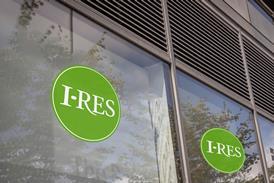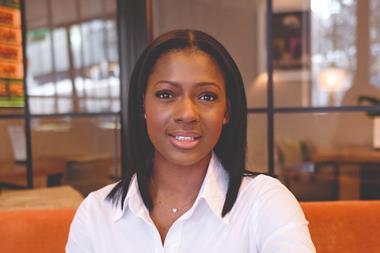Retail is undoubtedly experiencing a fundamental structural shift, driven by online shopping.

Over the past 12 months, we’ve seen well-known brands including House of Fraser, New Look and Maplin fall into administration, while numerous others have significantly cut their store estates.
In that context, it would be easy to conclude that we are witnessing the decline of physical retail. But that’s just not true – it’s more complex than that.
At Hammerson, we have flagship destinations in thriving cities across the UK, such as the Bullring and Grand Central, Birmingham, Brent Cross, London, and Westquay, Southampton, and we’re still seeing strong demand for space. But the type of brands seeking that space is changing and companies are doing different things with it.
Despite the negative headlines, 11% more brands are looking for physical space today compared with five years ago – that’s around 500 new brands. Digital retailers such as Morphe and Swoon are taking physical store space to increase the visibility of their brand, as are direct-to-consumer companies such as Samsung and Nespresso.
Achieving differentiation online can be difficult and expensive, and there is no substitute for consumers physically experiencing a product
This is because achieving differentiation online can be difficult and expensive, and there is no substitute for consumers physically experiencing a product. Omnichannel retailers such as John Lewis & Partners and Zara are using stores to improve the service levels of their online businesses and to drive down costs on fulfilment and returns. Stores can increase online sales in their catchment area by as much as 30%.
As our occupier mix shifts, our brand line-up will include new entrants to the market, whether they be international companies coming to our destinations for the first time or online brands building a physical presence, as well as names from outside retail.
Experiences attract people
It is also clear that experiences attract people. To give one example, when YouTuber James Charles came to the Bullring for the opening of the new Morphe store, we had 77,000 applications for the meet and greet and 8,000 people turned up just to catch a glimpse of him.
In the longer term, a key strand of our strategy is our City Quarters concept. Our flagship destinations sit at the heart of their local communities and City Quarters takes this to the next level, breaking down the walls of our destinations to move beyond retail and create vibrant city neighbourhoods.

Across the 97 acres we have around our flagship destinations there is scope to create 6,600 homes, 1,200 hotel rooms, 2.1m sq ft of workspace, nine parks and amazing public spaces.
Major cities are the future. According to the United Nations, 78% of the European population is expected to live in cities by 2030 and we have shopping centres in five of the fastest-growing cities in the UK.
A great example of the potential here is our seven-acre Martineau Galleries site in Birmingham. It occupies an important strategic location in the heart of the city and in the future it will be connected to HS2 as well as the city centre. There is scope for residential, retail, offices and leisure, and it will benefit from Birmingham’s fantastic transport links and the introduction of 5G mobile technology.
However, our strategy is also about the here and now. We have clear, targeted developments where we can make progress in short order.
Residential opportunity
In Dublin, we have the opportunity to build a 100-unit residential building and in Leeds a hotel. We aim to get planning permission for at least two sites this year, with initial delivery scheduled for late 2021.
These schemes have the potential to make a huge difference for our business but also for the cities where we operate, by creating thriving neighbourhoods where people can work, live and play.
So beyond the headlines, retail remains as fast-paced and innovative as ever. It is certainly challenging, but if you’re proactive, willing to adapt and able to identify new opportunities, there is still scope for significant growth.
David Atkins is chief executive of Hammerson
































No comments yet